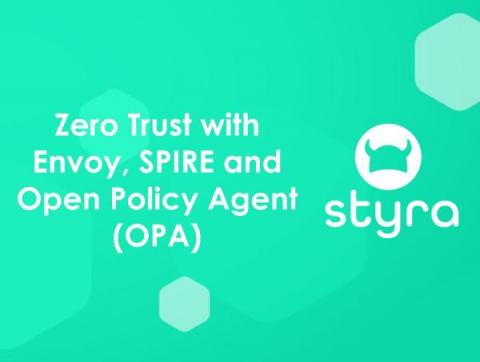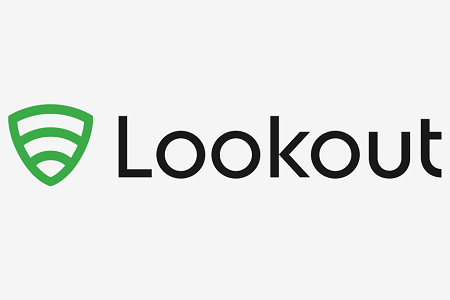Zero Trust with Envoy, SPIRE and Open Policy Agent (OPA)
Enterprises have traditionally relied on perimeter network security to keep attackers out and protect their organizationally unique sensitive data and resources. This approach works on the principle “verify, always trust” wherein authenticated users inside the network are trusted by default and allowed unfettered access. With the shift to cloud-native architecture, perimeter-based defenses have become obsolete and leave systems inherently vulnerable to malicious actors.










